Costa Rica: Loads of Birds at Arenal Observatory Lodge
Buckle up! There are loads of bird photos in this post.
After our morning at the Mistico Arenal Hanging Bridges Park (and a nice lunch and nap), we headed over to Arenal Observatory Lodge & Trails in the Arenal Volcano National Park for a reconnaissance and look around. The reconnaissance included finding out if we could hire a bird guide even though we weren’t guests at the lodge. Turns out we can.
The park consists of 110 hectares of primary forest, 160 hectares of tropical gardens and 80 hectares of pasture. It’s no wonder 500 species of birds can be found there.
Entrance to the park is $15 per person, but if you’ve booked a birding tour (or one of their other activities), or are staying at the lodge, you can forego the fee (it’s included in the price of your booking if you booked through the lodge).
After being dormant for hundreds of years, Arenal Volcano erupted unexpectedly in 1968 and destroyed nearby town, Tabacón. This caught the attention of Smithsonian Institution scientists who began studying the volcano, but had to camp on the land since there wasn’t any lodging in the area. The family that owned that land built cabins and a small hotel to take care of them and in 1987 the Arenal Observatory Lodge & Trails was built and used as a scientific research station for the Smithsonian Institution.

FOMO* at the Observatory
I was a bit envious when we arrived at the Observatory Lodge. I wished I had booked our room there rather than at the hotel where we were staying. Where we were booked was nice, but the Observatory Lodge has an abundance of trails, a spa (!!), plus staff in the lodge who can book bird guides on the spot, and they also have a very excellent restaurant onsite (we ate there twice). The Observatory Lodge has rooms ranging from $114 – $235 a night and villas ranging from $550 – $700 a night. I admit that I booked our hotel prior to our trip because it cost less, and since I just lost my job, I was in frugal mode. (About that same time I was running around the house turning off all the lights and unplugging appliances. The sudden loss of income makes you super cost-conscious.) So, once we arrived at the Observatory I was wishing we had just spent the little extra each night there.
Most notable at the Observatory was the giant twiggy bird feeder twenty feet above the ground, just outside the restaurant and deck. The staff uses a pulley to lower it, fill it with watermelon slices several times during the day, and raise it. That’s when a flurry of Montezuma Oropendulas, Brown Jays, Pale-billed Aracari, Crested Guans and Great Currasows appeared and clamored to get to the fruit. (This was the first time I’d ever seen Crested Guans and Great Currasows!)
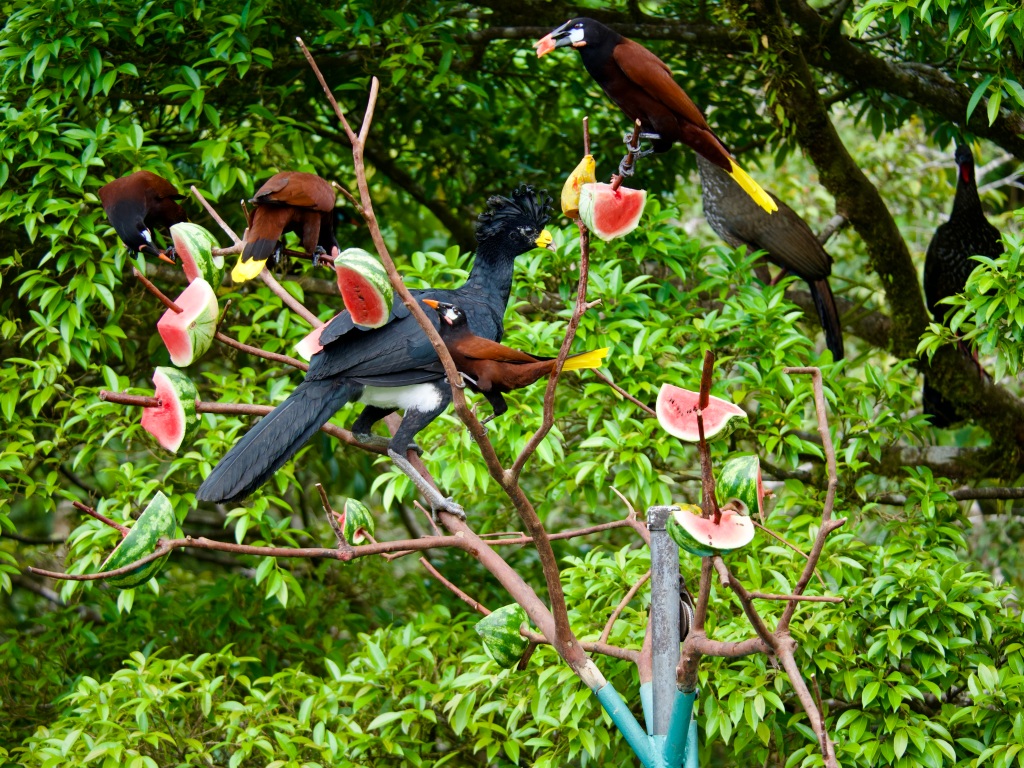
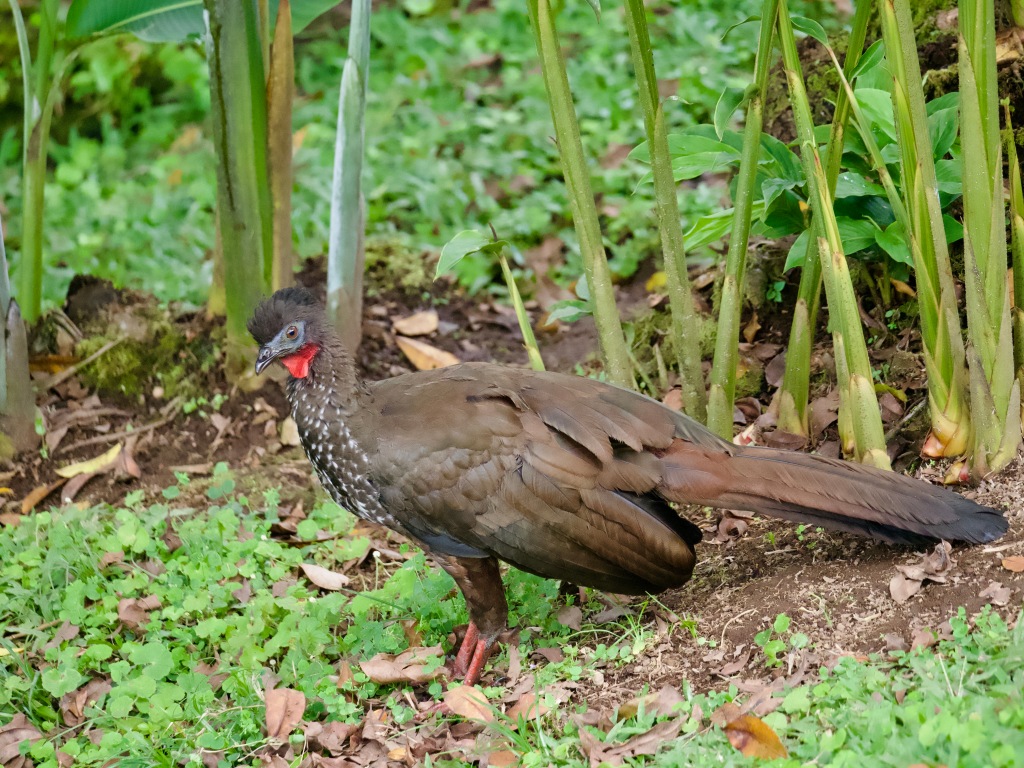

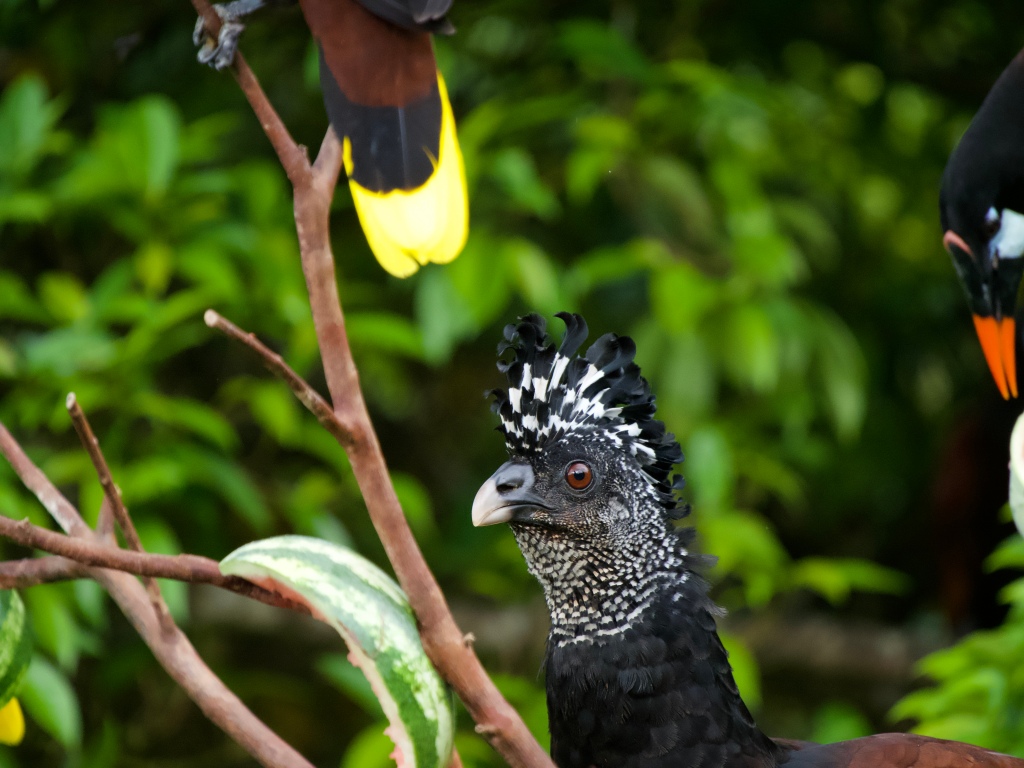

Rain? No problem!
The greatest challenge in a tropical rainforest is, well, the rain. You can count on it. But you can also plan on it going away just a quickly as it arrived. And usually you can plan on me being prepared for it, but I managed to forget any rain gear for this journey. “December is our rainiest month here in this area,” our guide told us when we met him just before sunrise at 5:30 in front of the lodge. A surge of rain was falling from the sky, and thankfully, the Observatory Lodge has very durable rain ponchos to buy, so I bought one and was able to protect both me and our camera from all the rain.

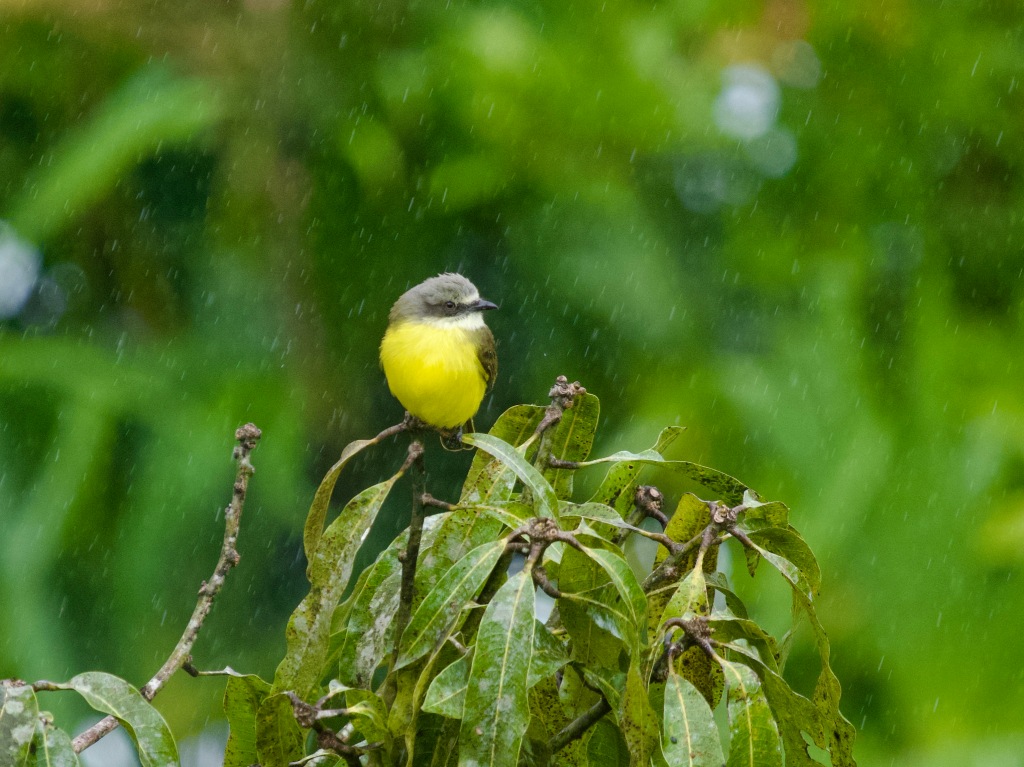
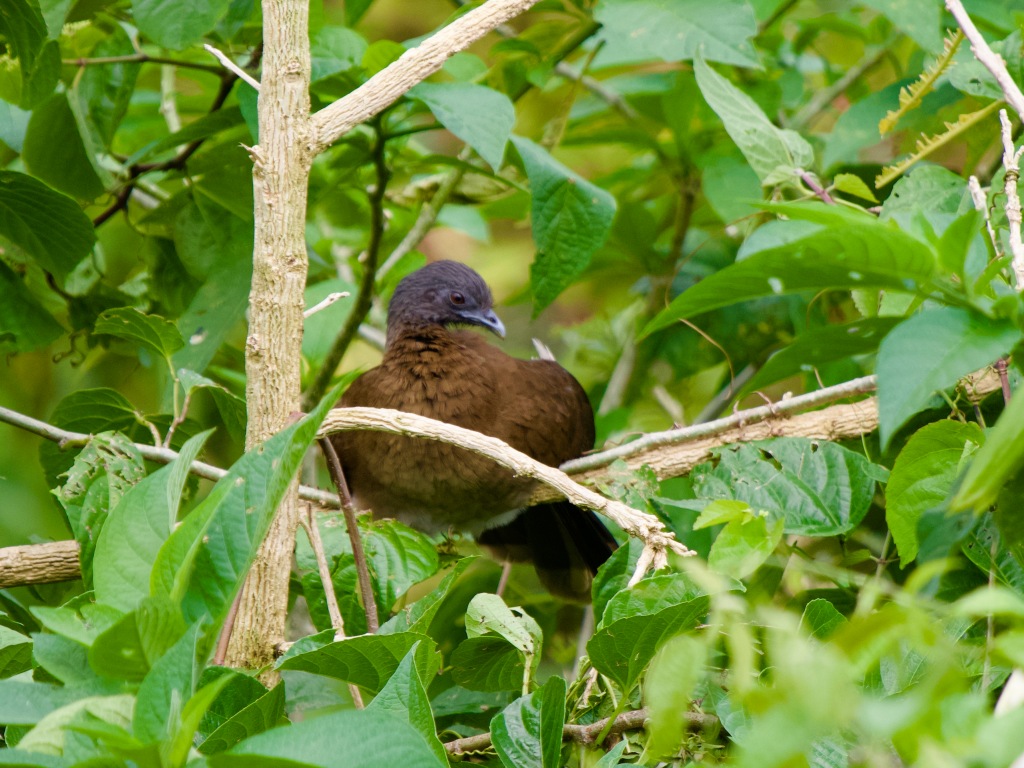
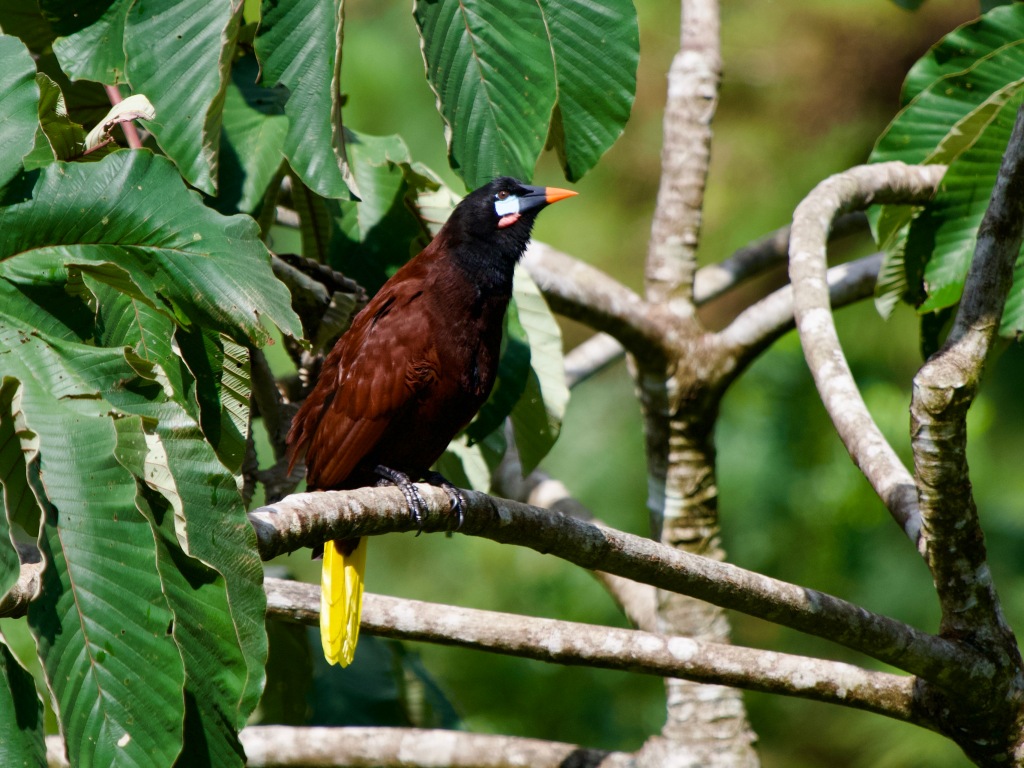
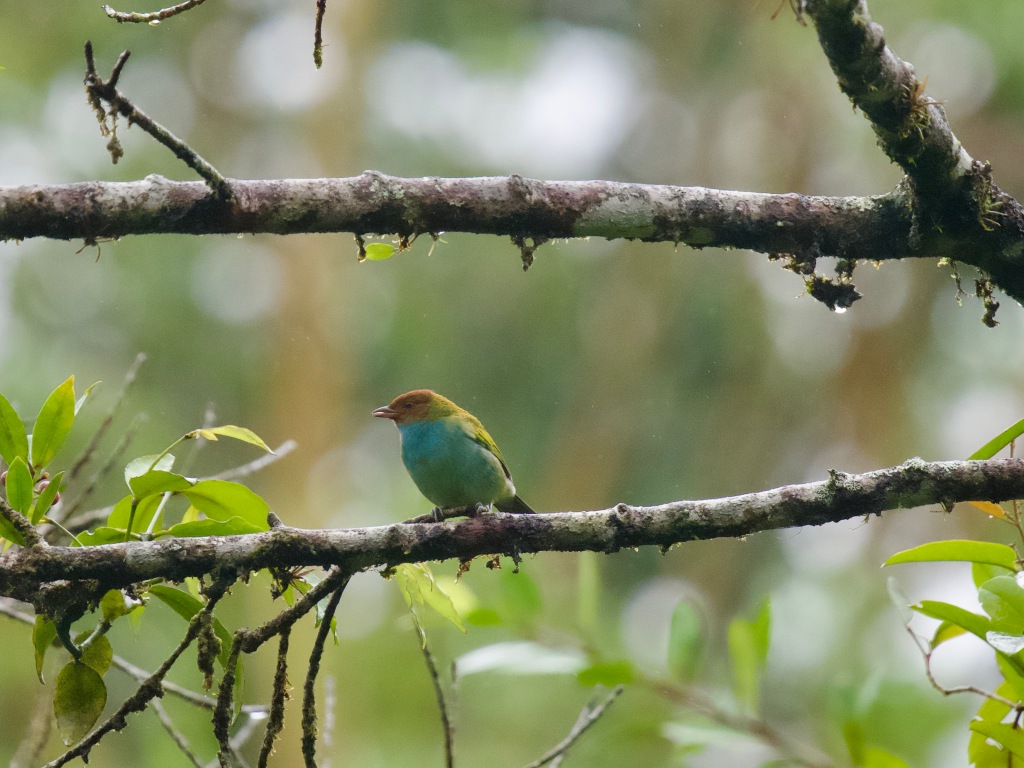
The main trail around the lodges and rooms–in the gardens area–are well maintained and easy to walk on. If you have trouble hiking or need assistance, you can find and see a lot from the garden trails quite easily. Other trails around the property range are identified as easy, moderate or difficult. All of the birds you see on this post were seen from the easy trails around the main lodge and buildings. In other words, we didn’t have to travel far or get into any difficult hikes to seem them.
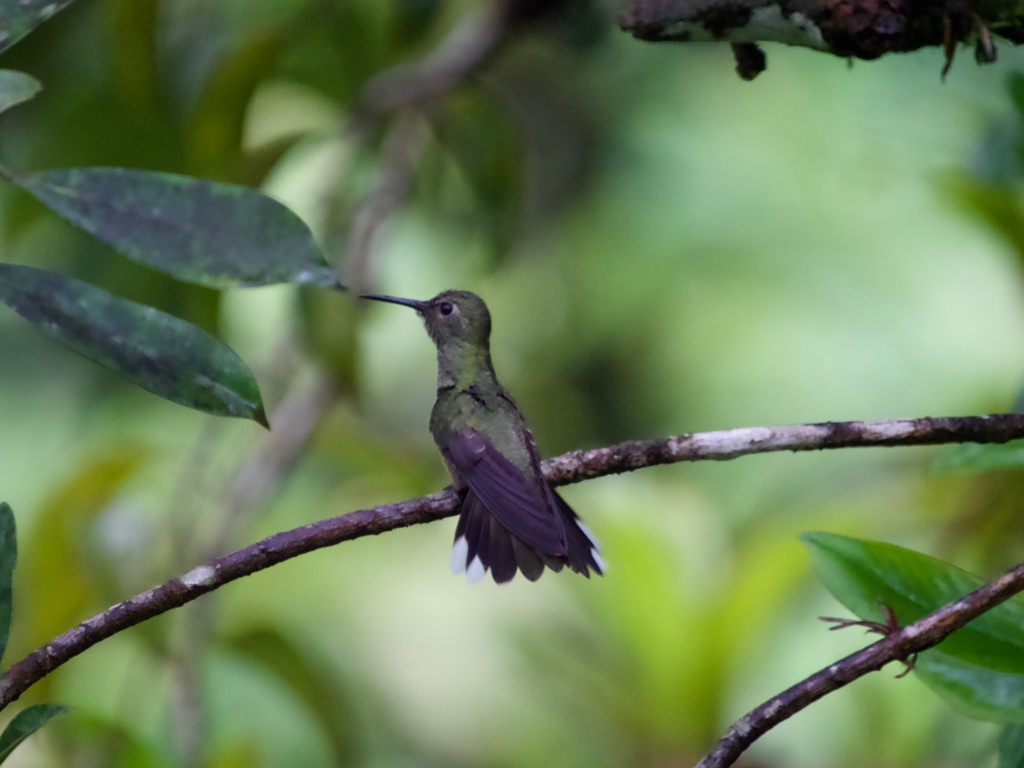

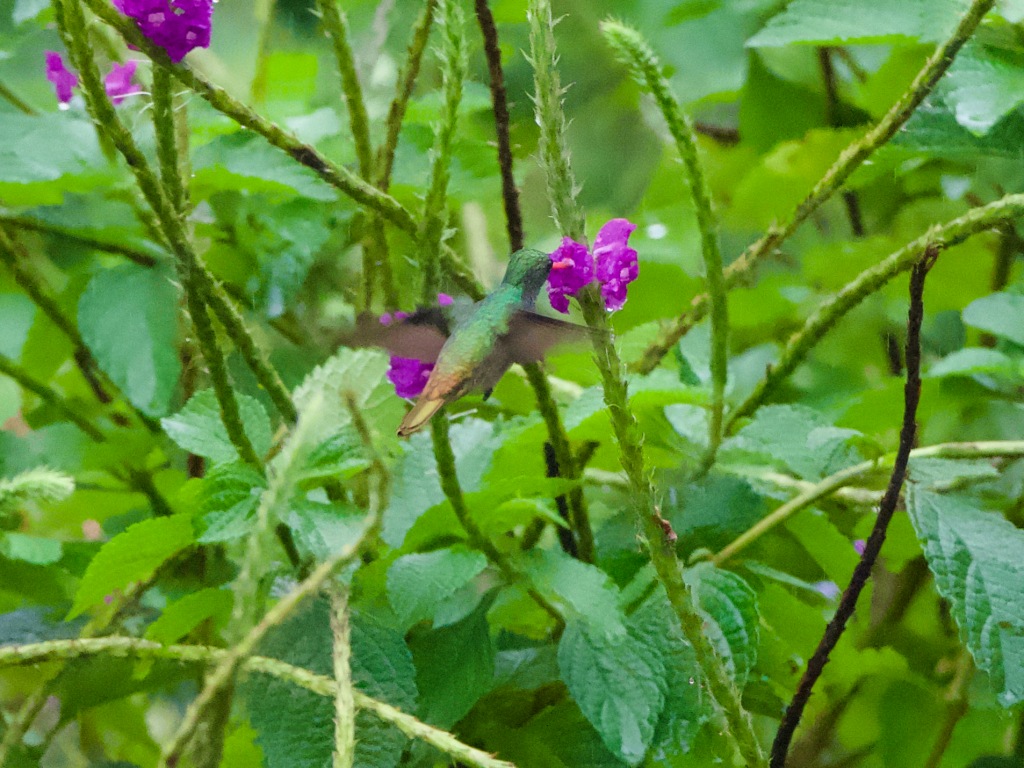
More posts to come!
*FOMO: Fear of missing out
This is not a sponsored post, nor did I receive any compensation or anything free or discounted in exchange for any of the businesses linked to in this post. I’m linking to them because I honestly had a great experience with them and hope it helps you as you plan your birding trip to Costa Rica.

A fine selection of birds. You can almost never go on holiday without finding a better place at which you could have stayed. It is part of the human condition.
LikeLiked by 1 person
I believe you’re correct, which makes me feel better. 🙂
LikeLike